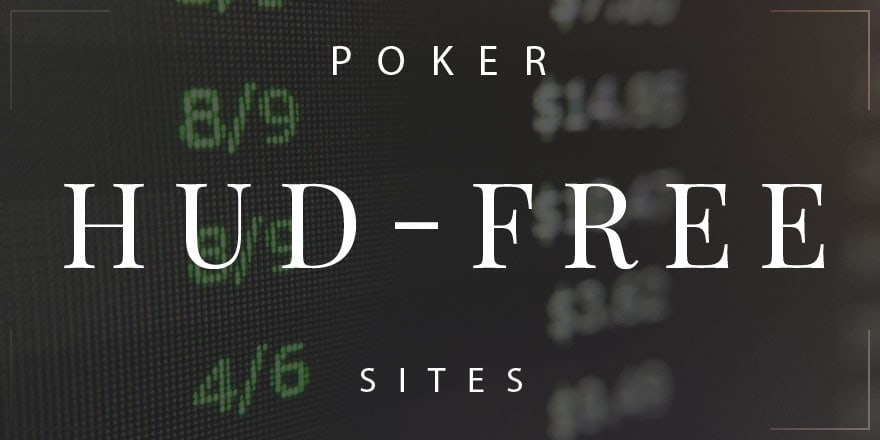
Not only is understanding your own PFR % important, but you need to understand what this number means for each of your opponents at your table. The filters you choose can help you either learn how you can increase your PFR or decrease it, depending on which is your leak.
In the video below, I show you specifically how you can filter your hands for PFR and how you can review your hands by position or hand strength in order to assess your PFR skills. Please check out this post where I discuss and show you (via video) some of the PT4 basic features. I use PokerTracker 4, and highly recommend it. Big gaps mean you cold call too much and play without the initiative, and you’ll probably loose to a lot of cbets and on too many rivers due to weak holdings. Small gaps mean you play too fit or fold pre-flop or you’re just overly aggressive with weaker hands, and both can mean less money won without showdown. Even a 20/18 is a very tight gap, and 20/8 is too big of a gap.

You don’t want your own gap to be too small or big (but you want to look for these opponents to attack).Most fish have a large gap which means they’re passive players and they have a passive and weak preflop strategy as they call too often.Narrow gaps cold call with a smaller and stronger range. The bigger the gap, the more often they cold call bets or limp pre-flop.The 20/8 player on the other hand is prolly raising only the top 8% of hands, or 88+ A8s+ ATo+ and KQs, a much narrower range and easier to play against. This is good b/c you don’t know if he’s raising w/A7o or KK. Inversely, a player at 20/18 is playing 20% of hands (33+ A2s+ A4o+ KTs+ and KQo) which is a pretty strong range, and he’s raising almost all of these hands. If you’re raising less, maybe you’re a 20/8 player, you just aren’t being aggressive enough pre-flop, which makes it harder to take down pots post-flop. You need to be raising at least ½ of the hands you play, preferably you should be at 75%+.VPIP on its own tells you if a player is loose or tight, but VPIP & PFR together tells you if they’re passive or aggressive.VPIP is a player’s raises + calls, so if a large part of their VPIP is raising, then they’re an aggressive player.You need to have enough pre-flop aggression in poker to take advantage of the timidity of other players and to have initiative post-flop. VPIP and PFR are a powerful combination to look at when making pre-flop decisions.PFR is very useful on its own, but gains greater significance when coupled with VPIP.Here’s an example of PFR by position in my RFI pop-up (PFR is the fifth line): You should keep PFR in a pop-up by position as well as this can let you know if your opponent is positionally aware or not: PFR should increase as position gets later.Pre-flop aggression tends to carry-over to post-flop play so if you don’t have good post-flop stats on an opponent, PFR can give you some insight into how he plays post-flop.
To increase your PFR %, open wider IP and avoid playing hands OOP.This is a good indication of their raising range, so use the % to equate to the range of hands they play using the Poker Range Chromatic (or create your own).This stat needs to be in your poker HUD as you should be using it in every hand you play against each of your opponents.PFR is counted every time you make any type of raise (2b/3b+) and it’s a great indication of aggression (high = aggressive and wants to build pots or bluff, low = passivity and keeps pots small).Here’s a bullet list of the important aspects to PFR that every serious online poker player needs to know. Understand the Gap Between VPIP and PFR.


 0 kommentar(er)
0 kommentar(er)
